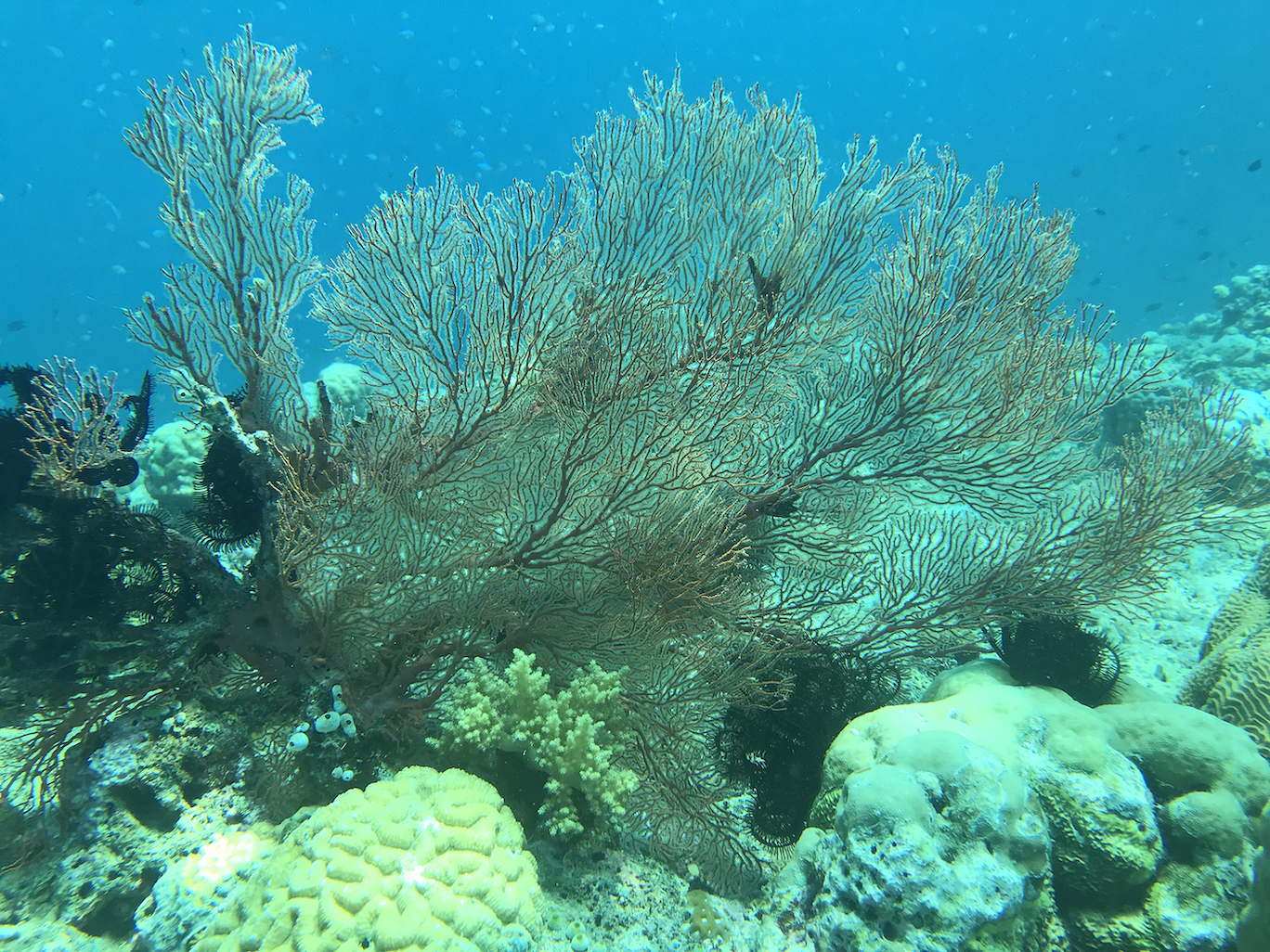The 30×30 imperative: Revitalizing the fishery sector

Dr. Michael P. Atrigenio
Our oceans are in a state of severe distress, with their capacity to sustain livelihoods through fisheries being significantly compromised. Urgent and substantial changes are imperative. It is essential to protect the intricate life support system within our oceans, comprising millions of species that collectively provide the ecological services we rely on.
Years of unregulated fishing, and the destruction of crucial habitats and ecosystems have imperiled the survival of marine organisms. The target of conserving 10 percent of marine environments, as set in Aichi, falls short, with many species facing the threat of extinction due to overexploitation. For instance, in the Central Visayas region, which was once a hub of species diversification according to a study by Nanola and colleagues in 2010, numerous species have vanished due to uncontrolled fishing activities. The Aichi Targets were adopted by world leaders in 2010 to address the issue of biodiversity loss.

A mesmerizing display of life in a coral reef, showcasing sea fans, soft corals, brain and massive corals, sponges, and black feather stars at the Ermita Marine Protected Area in San Carlos City, Negros Occidental. (Photo by Michael P. Atrigenio)
In 2022, world governments, including the Philippines, agreed on the Kunming-Montreal Global Biodiversity Framework, with its landmark target of conserving at least 30 percent of the world’s oceans by 2030 (30×30 goal) to counter declining fisheries and the unprecedented loss of species crucial for our survival. The scientific rationale behind the 30×30 proposal indicates that by strictly protecting 30 percent of the oceans through the establishment of marine protected areas and other area-based conservation measures, 85 percent of marine species can be safeguarded. However, managing the remaining 70 percent that is accessible for fishing is equally vital.
Marine conservation target
Although the Philippines has committed to helping achieve the global marine 30×30 goal, it has yet to determine its specific national marine conservation target. Can we commit to safeguarding 30 percent of our territorial seas, which have abundant marine biodiversity and are identified as a key area for species diversification, as evidenced by the research of esteemed scientists Carpenter and Springer on Verde Passage?
Preserving our marine environment isn’t just a duty under the United Nations Convention on Biological Diversity but a matter of survival for a nation dependent on fishing, with 75 percent of our protein sourced from our surrounding seas. With a per capita consumption of 40 kg., we are among the top fish consumers in the world. Sadly, the Philippines now imports fish to meet local demand. The Bureau of Fisheries and Aquatic Resources (BFAR) reported 35,000 metric tons of fish imports in 2023, with an expected 25,000 metric tons this year. This is concerning for a country surrounded by oceans and recognized as one of the most biodiverse nations globally.
BFAR launched an innovative Fisheries Management Area approach that divides the entire country into 12 sizable fisheries management zones. This initiative aims to implement an ecosystem-based approach to fisheries management to enhance fishing techniques and revitalize fish populations to sustainable levels. Despite these efforts, implementing crucial management strategies such as fishery reserves, reducing fishing efforts, and temporary closures, has proven to be challenging, if not unfeasible, due to the dependence of numerous fishing communities on daily catches for their livelihoods. A comprehensive, collaborative government strategy is imperative to urgently address this issue and provide essential support to the fisheries sector.
Organizations such as the Marine Protected Area Support Network, Marine Environment and Resources Foundation, Conservation International, World Wide Fund-Philippines, Oceana, Rare, Foundation for Philippine Environment, Haribon, and Wildlife Conservation Society, among others, alongside our country’s marine experts, are working in collaboration with the Biodiversity Management Bureau of the DENR, CBD’s focal point, to establish our national conservation target under the new Global Biodiversity Framework
Generous donors like Bloomberg Philanthropies, Arcadia, the United States Agency for International Development, and the Foundation for Philippine Environment are supporting this effort in recognition that conservation action in the Philippines is critical to safeguarding the nation’s incredible marine biodiversity and achieving 30×30 globally.
Through a consultative process involving multiple sectors, priority areas for protection are being identified, with marine Key Biodiversity Areas marked as an initial step towards determining our national target. Preserving our seas while conserving our national heritage—our rich marine biodiversity—and the people and communities that depend on healthy oceans for jobs and food is an immense challenge but a crucial undertaking for our nation’s survival.
Dr. Michael P. Atrigenio is an Assistant Professor at the Marine Science Institute of the University of the Philippines Diliman and the program head of the Professional Masters in Tropical Marine Ecosystems Management Program. He is also the President of the Marine Environment and Resources Foundation and leads the OCEANS5-MSN 30×30 Partnership project.




















